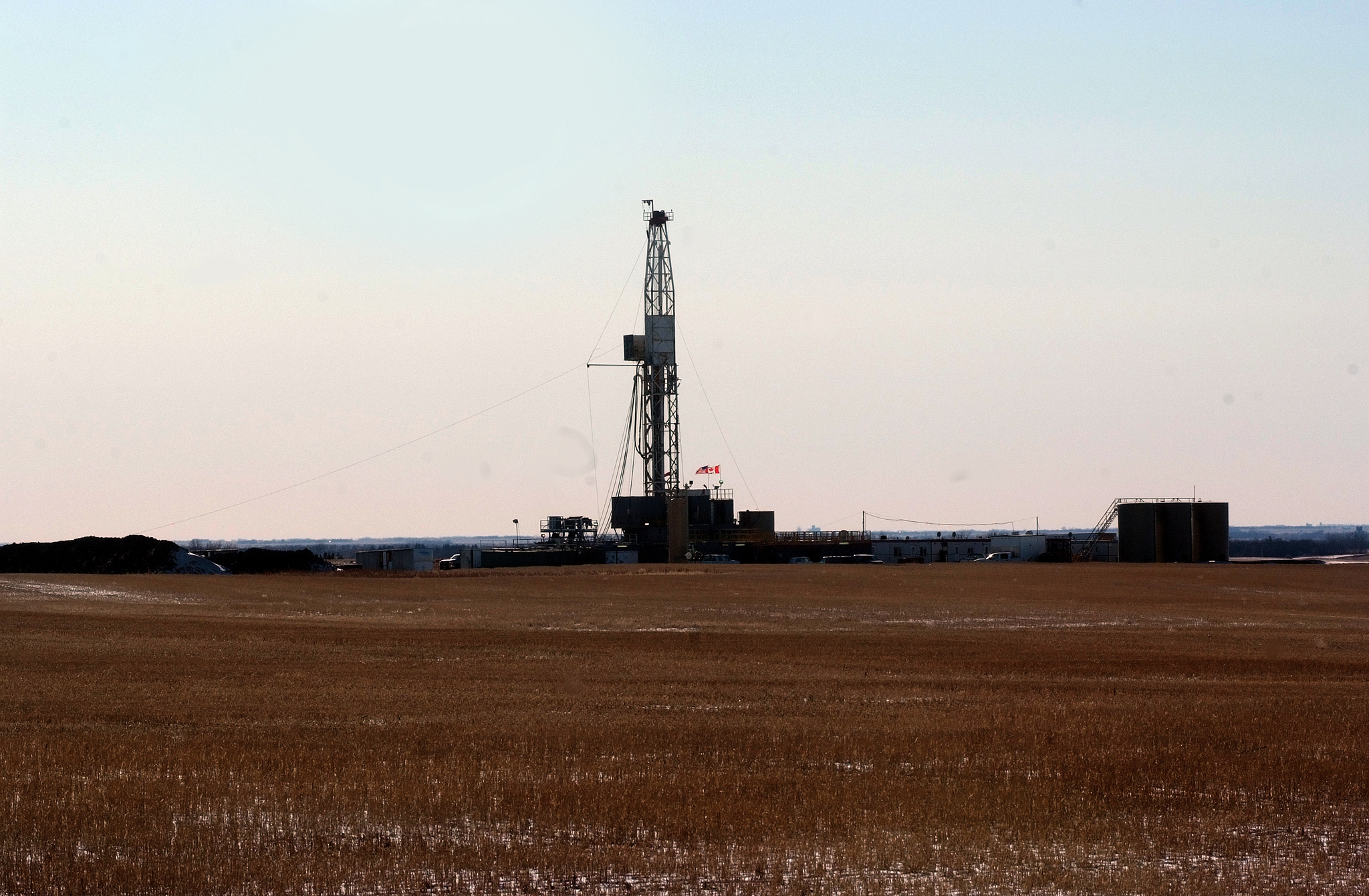News
Fracking sand safe in county
Scott Wagar
01/31/2012

With the recent scare this past week concerning radioactive sand in Minot, which is being transported from a Minot storage facility to the Williston Basin for fracking in its oil field, the Department of Mineral Resources in North Dakota have stated that Bottineau County residents do not have to worry about radioactive sand being used in its county for fracking.
“As far as radioactive sand coming into Bottineau County, Bottineau County wells are shallow and use natural frac sand instead of ceramic,” said Lynn Helms, director of the state’s Department of Mineral Resources. “To the best of my knowledge, the natural sand, which is pure silica, has never been found radioactive, but some of the ceramic from China has.”
Last week, the local media in Minot announced that some sand from China being used for fracking in the Williston Basin had higher than normal radioactive levels than what was considered safe. The levels were so high the Williston landfill refused to accept the sand after being tested through its sand filters.
The North Dakota State Health Department was called into Minot to test the sand, but discovered it had no increase in the normal (background) levels, leaving no danger to the residents of Minot.
Helms stated the radioactivity in the sand from Minot, may come from natural sources through clay deposits.
“The ceramic prop (proppant, or ceramic sand) is from China and may come from clay deposits that have more radioactivity than North Dakota’s background levels. I believe there is no measurable danger to people and the environment,” he said. “Close exposure to the level of radioactivity measured at the Williston landfill would be roughly equivalent to flying from Minot to Minneapolis and back once per week for a year. In other words, standing next to the container where the reading of 41 pico curies per gram was measured for two to four hours per week for a year would be equal to the radiation exposure one would get from cosmic rays while flying 52 round trips from Minot to Minneapolis and back.”
Oil Activity in Bottineau County in 2012
As for oil activity in Bottineau County this year, county residents can expect little activity.
“There isn’t a lot of activity planned in Bottineau County in 2012. They are still in the early phase of developing technology and the productive limits of the play. Normal drilling activity for this stage is two to three dozen wells per year,” Helms said. “Also, operators have indicated that economics are very challenging right now for the following reasons: 1) Bakken activity has driven up costs. 2) Lease costs and oil tax rates are high. 3) Oil price is discounted for sour crude. And 4) Oil has to be trucked to Canada to get to market.”
Helms added that 25 permits have been issued in Bottineau County with start dates in February and March.
“Individuals can keep up with the latest in activity by checking the daily activity report on our website https://www.dmr.nd.gov/oilgas/dailyindex.asp, or by watching the active rig list at https://www.dmr.nd.gov/oilgas/riglist.asp,” Helms said.
Fracking Materials
When it comes to what types of materials are being used in the fracking, Helms stated that all oil companies by law will soon have to list their fracking substances.
“As a part of our proposed rule changes, all companies will be required to do so within 60 days of pumping. That’s effective on April 1, 2012,” Helms said. “If you’d like to know about the fracking material itself, the information is already being posted by some operators on www.fracfocus.org.”
